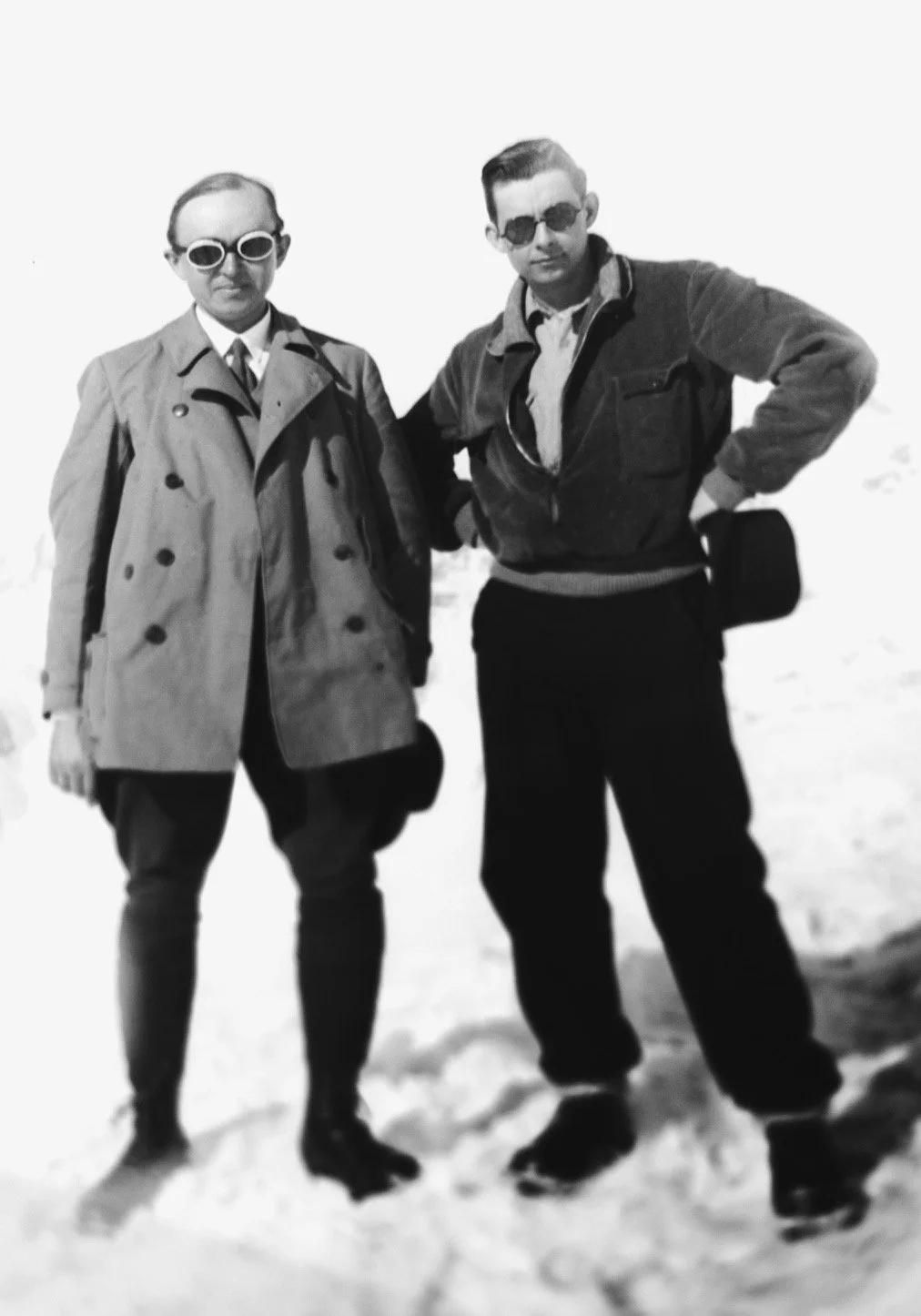The Story Old-Paw's Ear Thermometer
Here is a story about Barnes Engineering’s adventures in trying to develop and make money selling Ear Thermometers.
I will look for images of those devices. Somewhere, I even have a small box with a few of the hand-made field-test units that looked professional and worked just like my father predicted.
That episode in our company's history was very colorful. You may even remember stories of Max Twentier, who had an Oklahoma oil fortune and was a regular visitor to Barnes Engineering and to 60 Westover Road. He and a fellow oil business friend often made that trip in a vintage, red, Rolls-Royce touring car. Memorably, Max loved chicken gizzards and Kentucky bourbon. He was indeed a character and my father loved working with him on his pet project.
Max ’s motivation for funding his share of the development of the ear thermometer was to make millions selling the ear-thermometer’s disposable, pop-on, plastic, sanitary covers. That was his part of the deal. He understood that the disposables, like razor blades, was where the real money in medical equipment was. We, instrument developers, had only thought of selling hardware.
…
I am remembering that Old Paw got a patent on the “Ear Thermometer” far too early for there to be any electronics small enough or affordable enough to make the product economically viable. The early prototype models that Barnes Engineering could turn out were quite clunky, very similar to the first cell phones, which were like "WW2 walky-talkies" from which they had descended.
You may remember stories about a colorful man named Max Twentier who approached my father regarding his Ear Thermometer patent, proposing that he would fund the development of an improved, cheaper, generation-2 instrument. Which Max did, drawing on a small fortune that he had made in the Oklahoma oil business. His motivation was based on his understanding that the real profit would flow from the ear thermometer ’s disposable plastic, sanitary covers which would eventually be used in doctors offices and hospitals by the millions.
Max poured money into the project and Barnes Engineering tried valiantly to make an affordable product. But the necessary electronics simply were not yet available. Rewardingly, the early product models we did make technically worked just beautifully. Tests by doctors and hospitals verified the technique of using an infrared thermometer to replace glass oral thermometers. The new ear thermometer was favorably reviewed in multiple studies. That made my father very proud.
However, the 17 year patent protection was quickly expiring and several other companies, large and small, stepped into the business, trying their hand at making an affordable ear thermometer. By then, the much needed miniature electronic components were finally available. The product was a success, just not built by Barnes Engineering. Now, infrared human body temperature measurement is what you see used everywhere.
Max would have been disappointed, however. In clinical tests with the newly developed infrared devices it was demonstrated that aiming at a person’s forehead was almost as good as sticking something directly into the ear. That procedure is now pretty much the standard approach. No disposable covers are required.
So … Max Twentier and Dr. Bowling Barnes didn’t get rich.
Sadly, years later, reported in ill health, Max parked his car on a desert highway and walked alone, at right angles to the road, out into the badlands, where he died of exposure. Memorably, we were told he had take-out orders of chicken gizzards with him at the end. I don ’t know if that’s true, but it might be.









